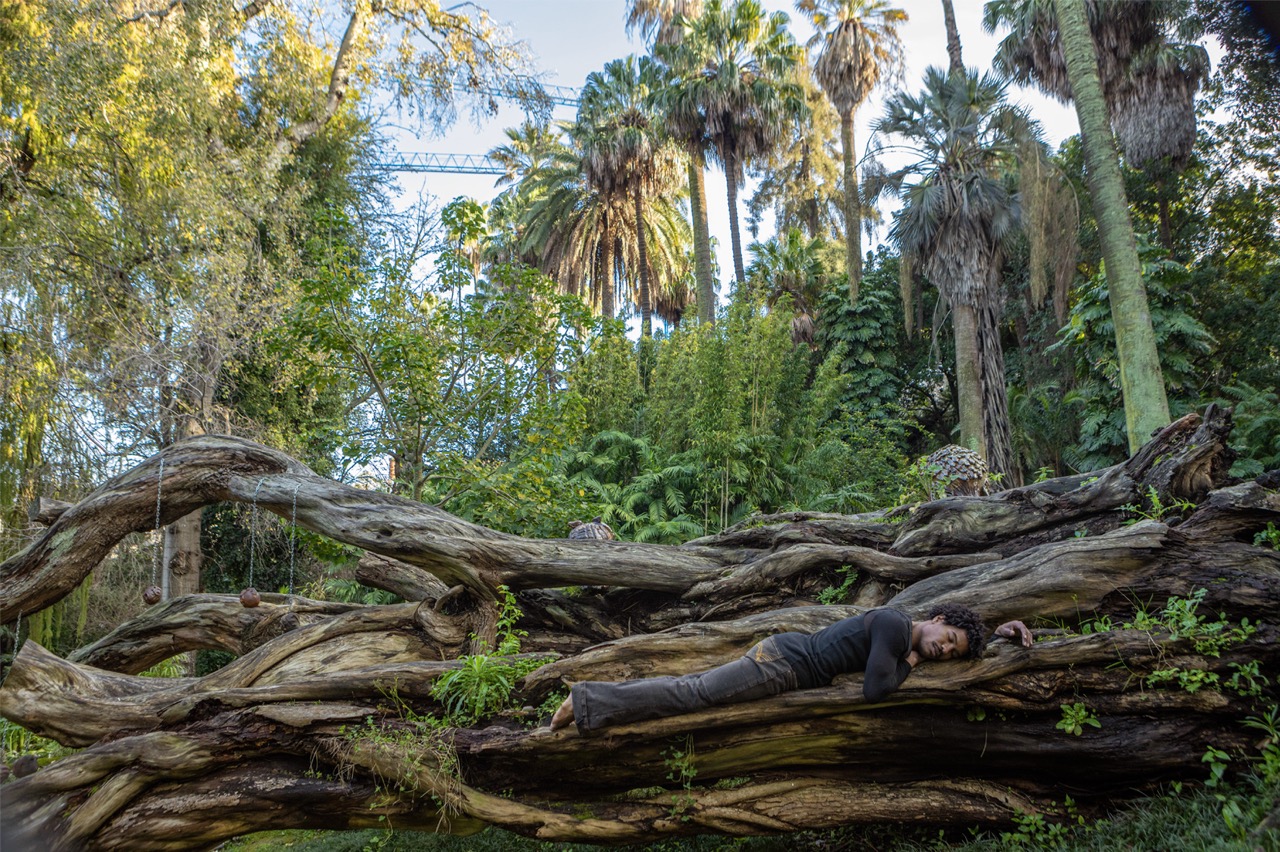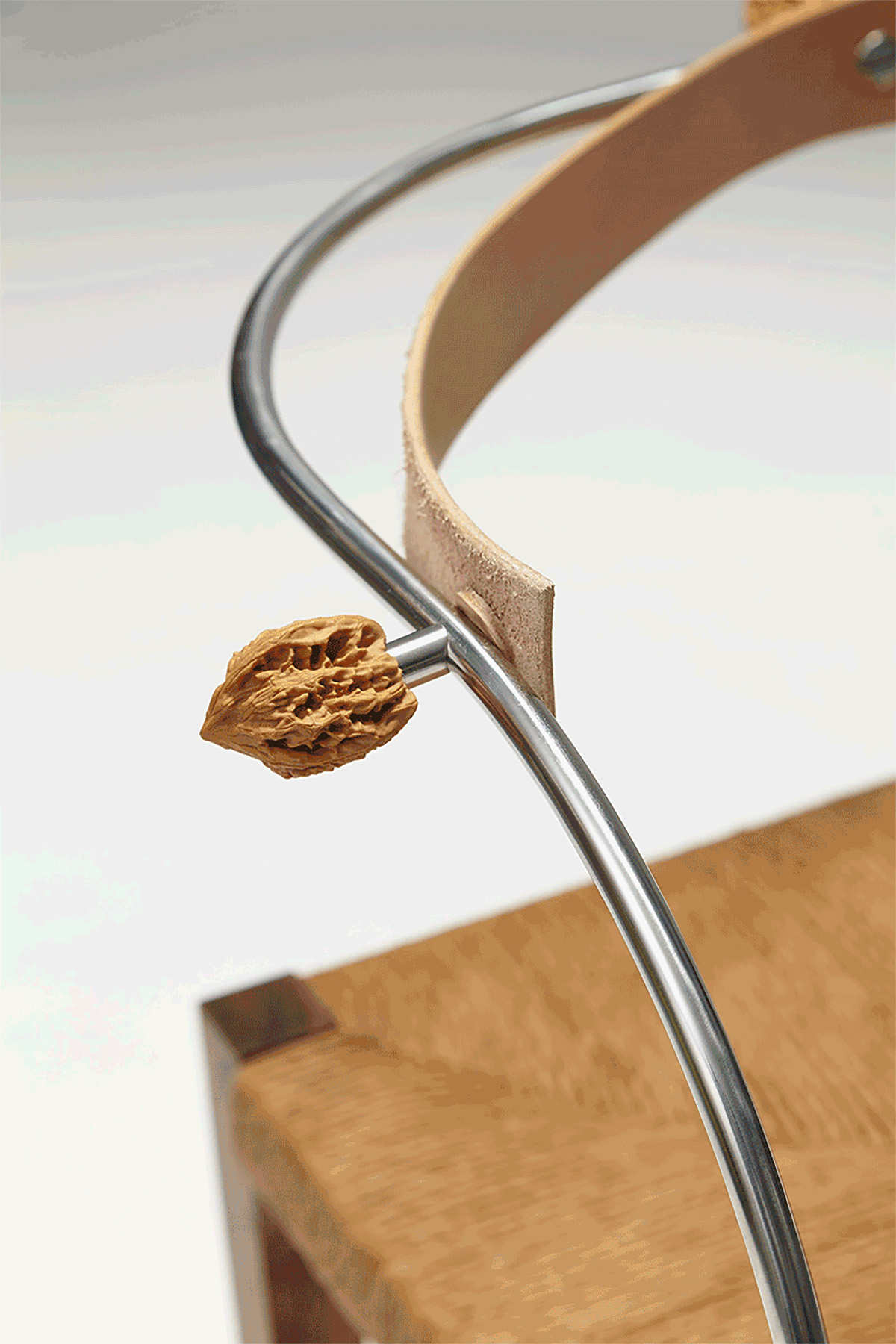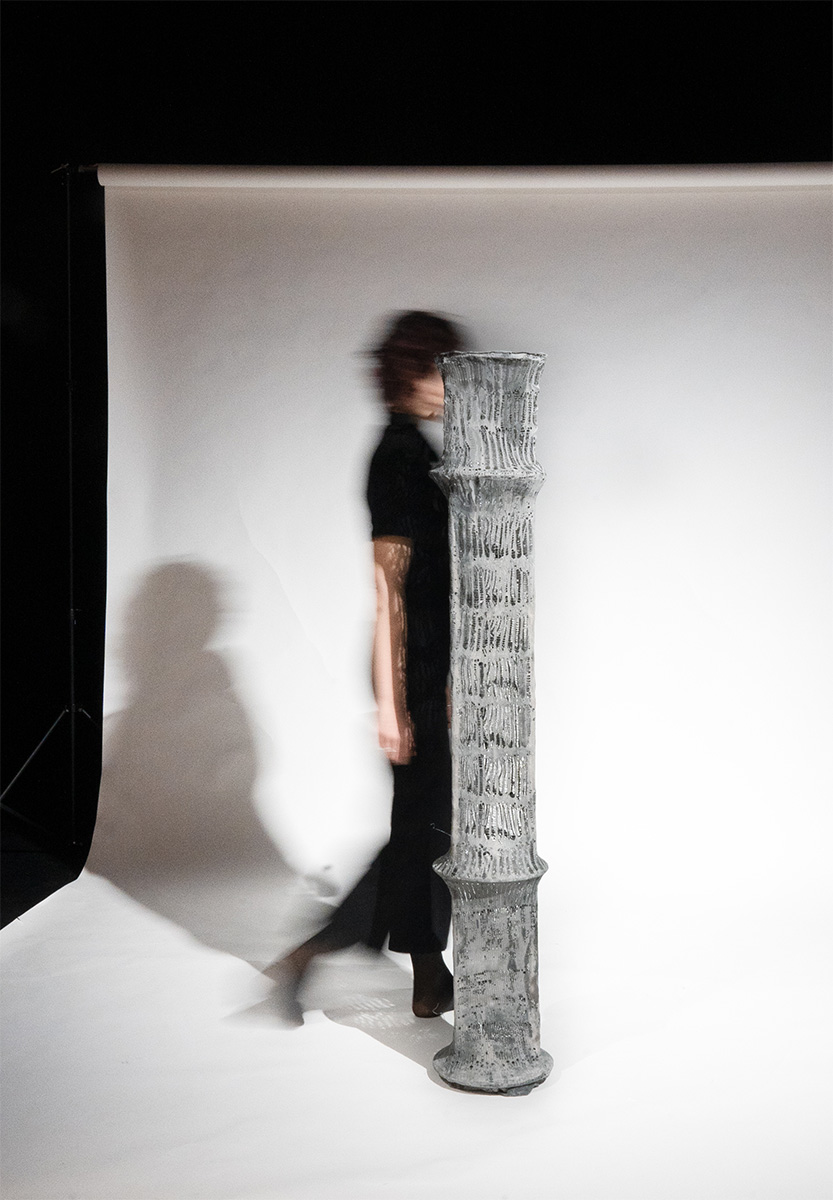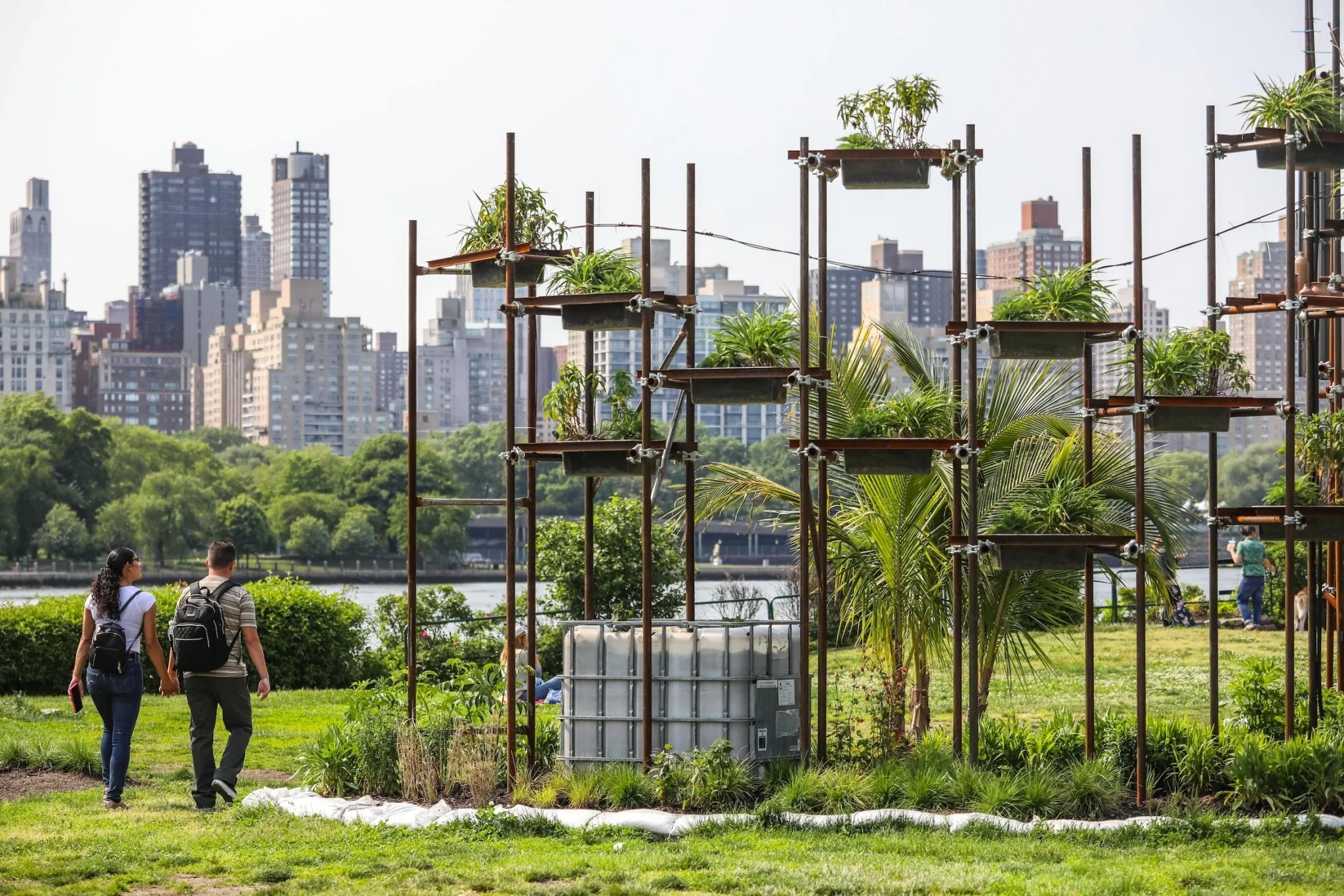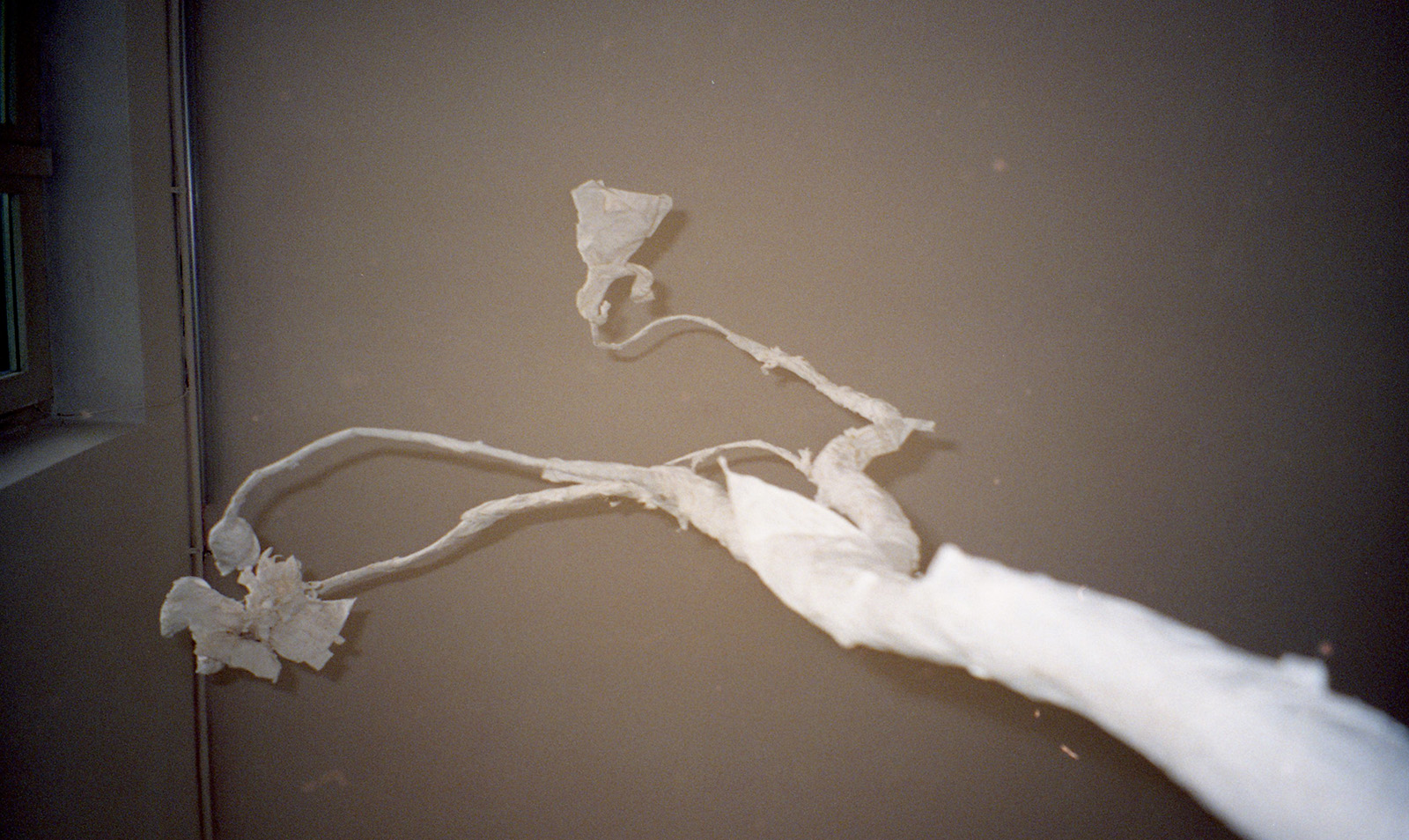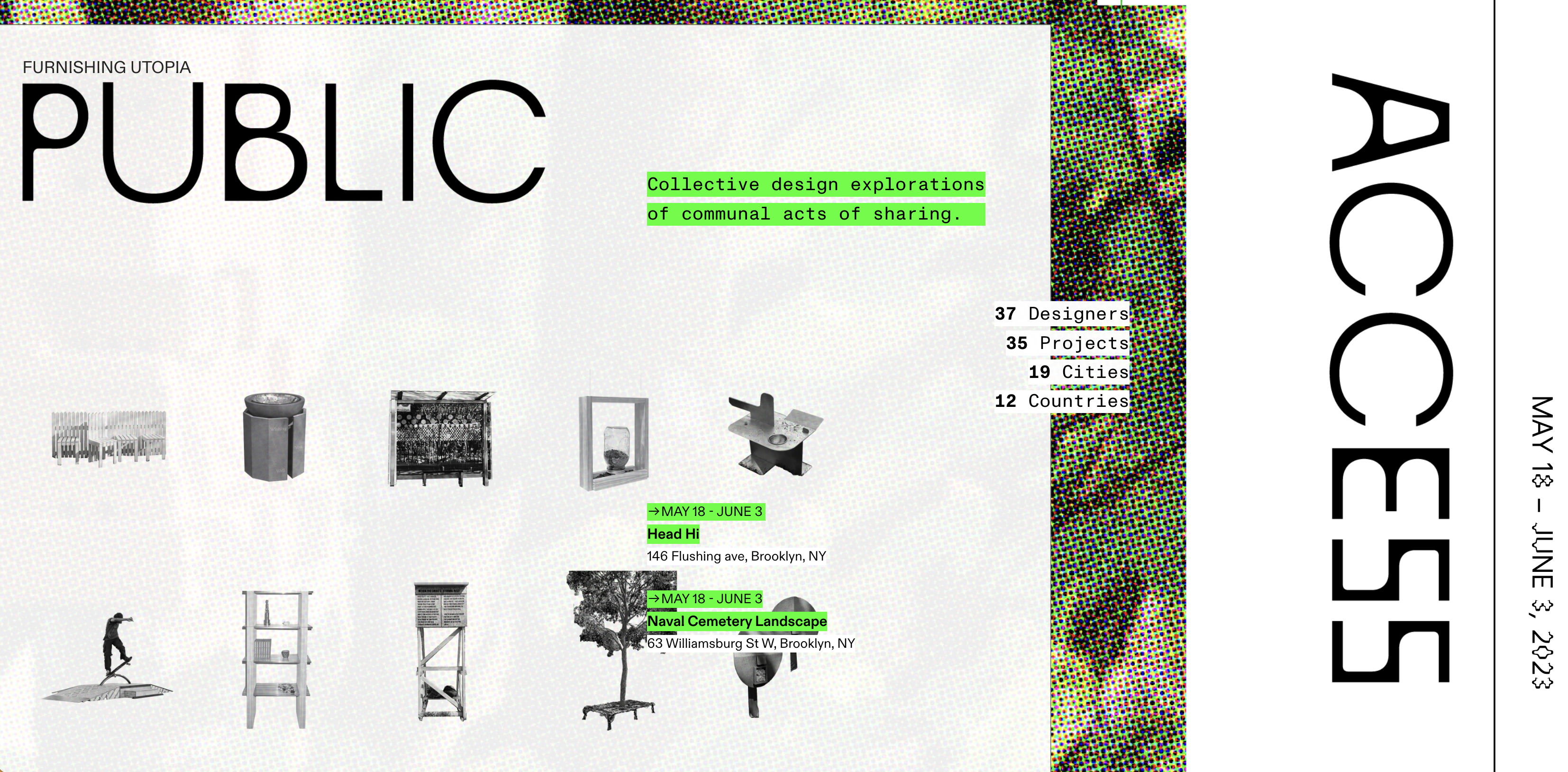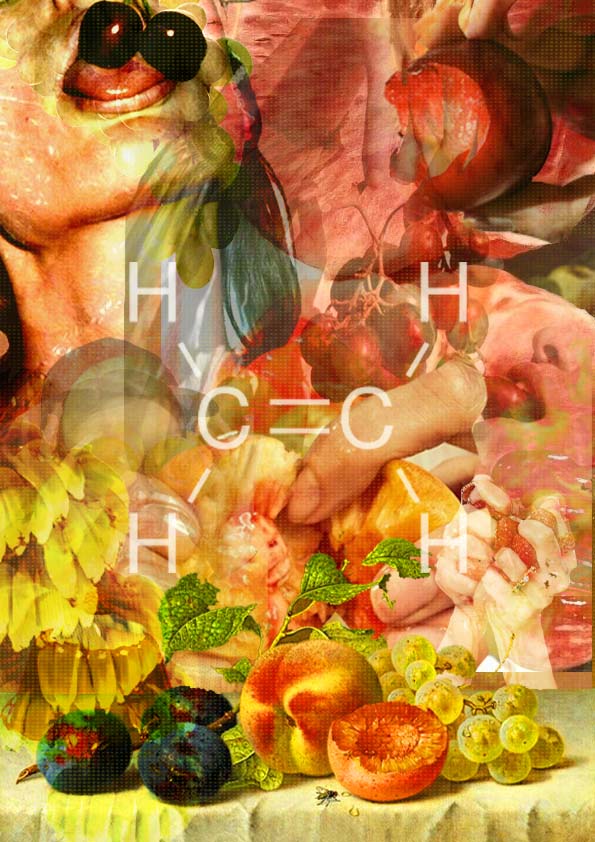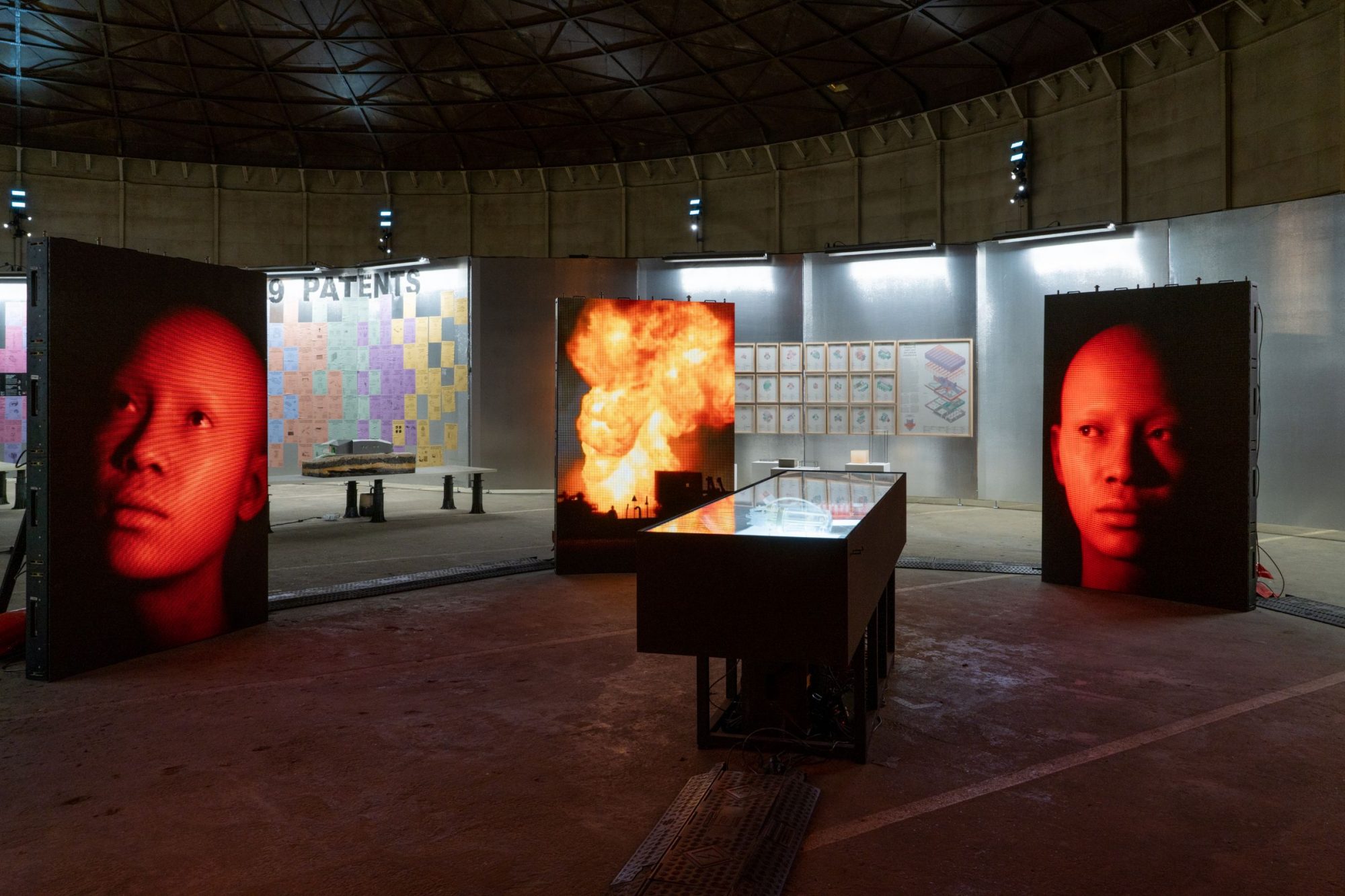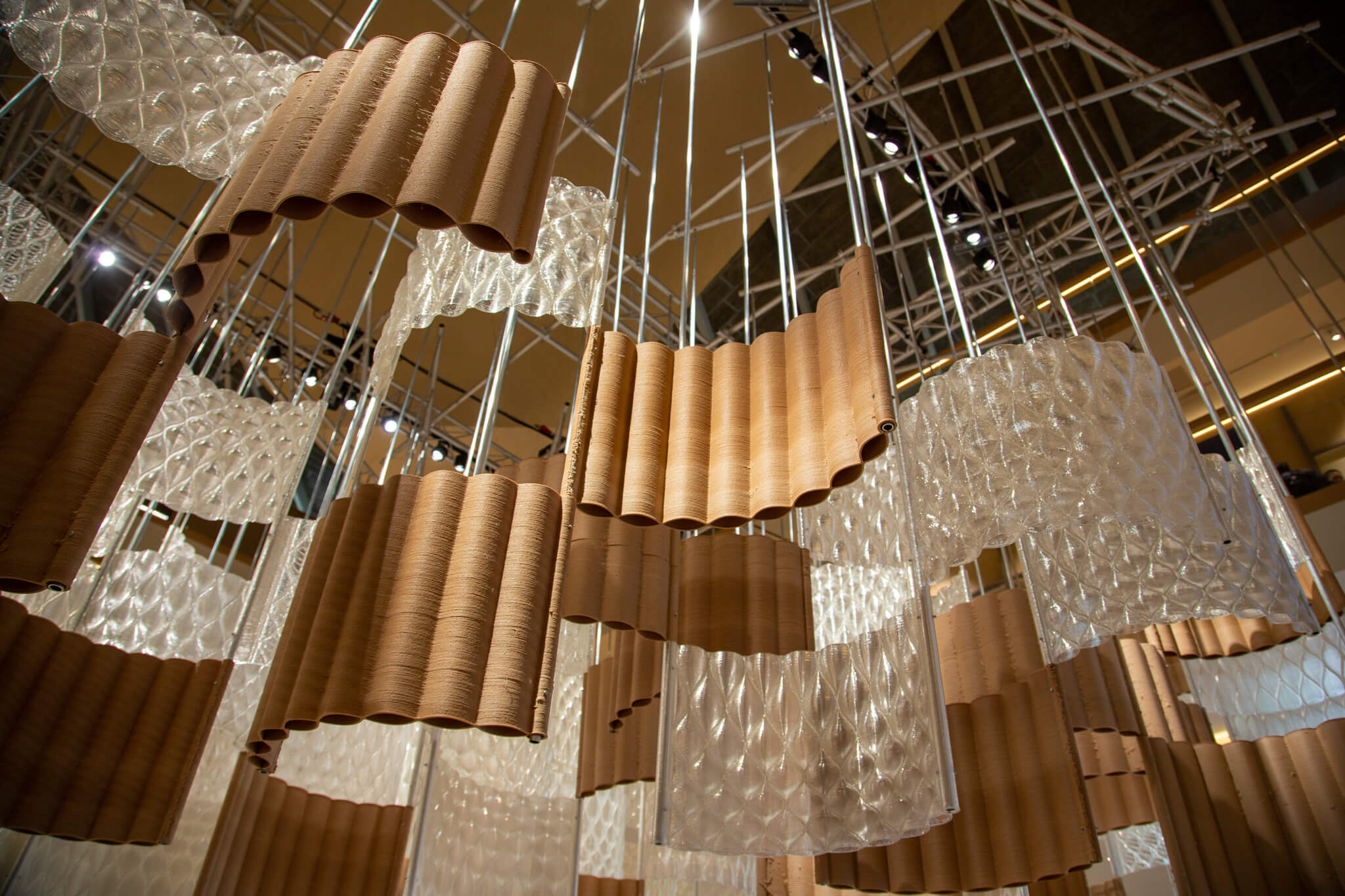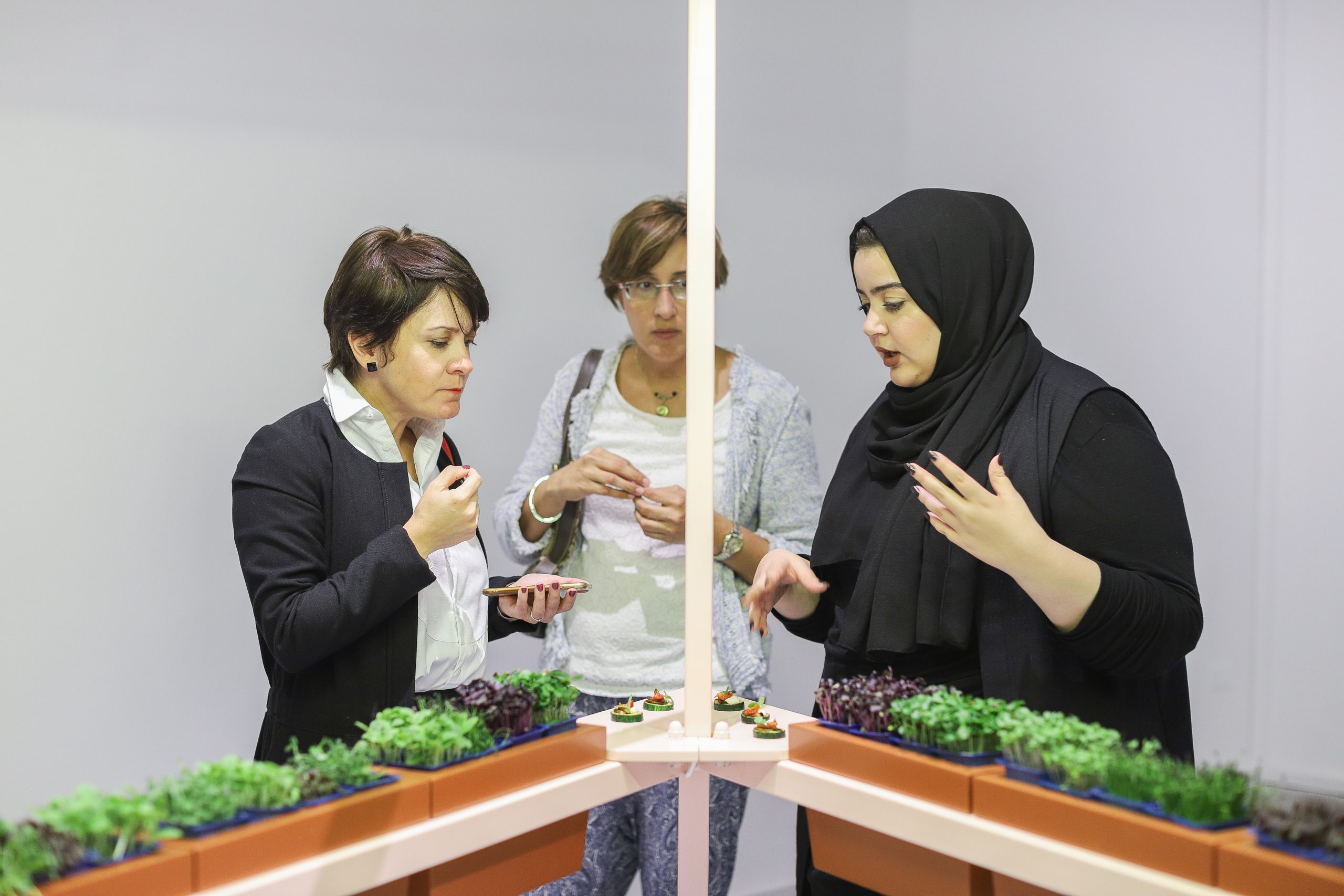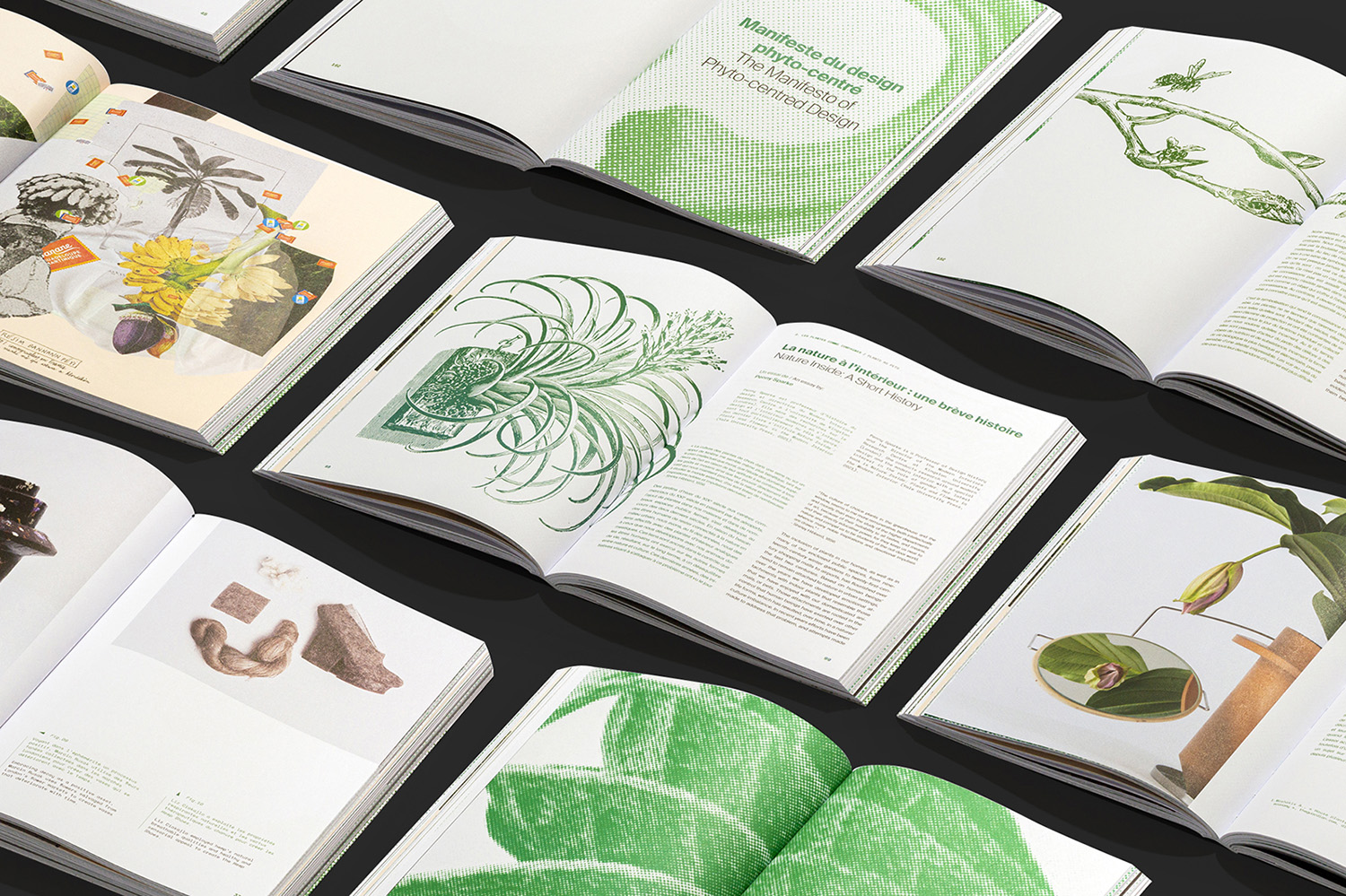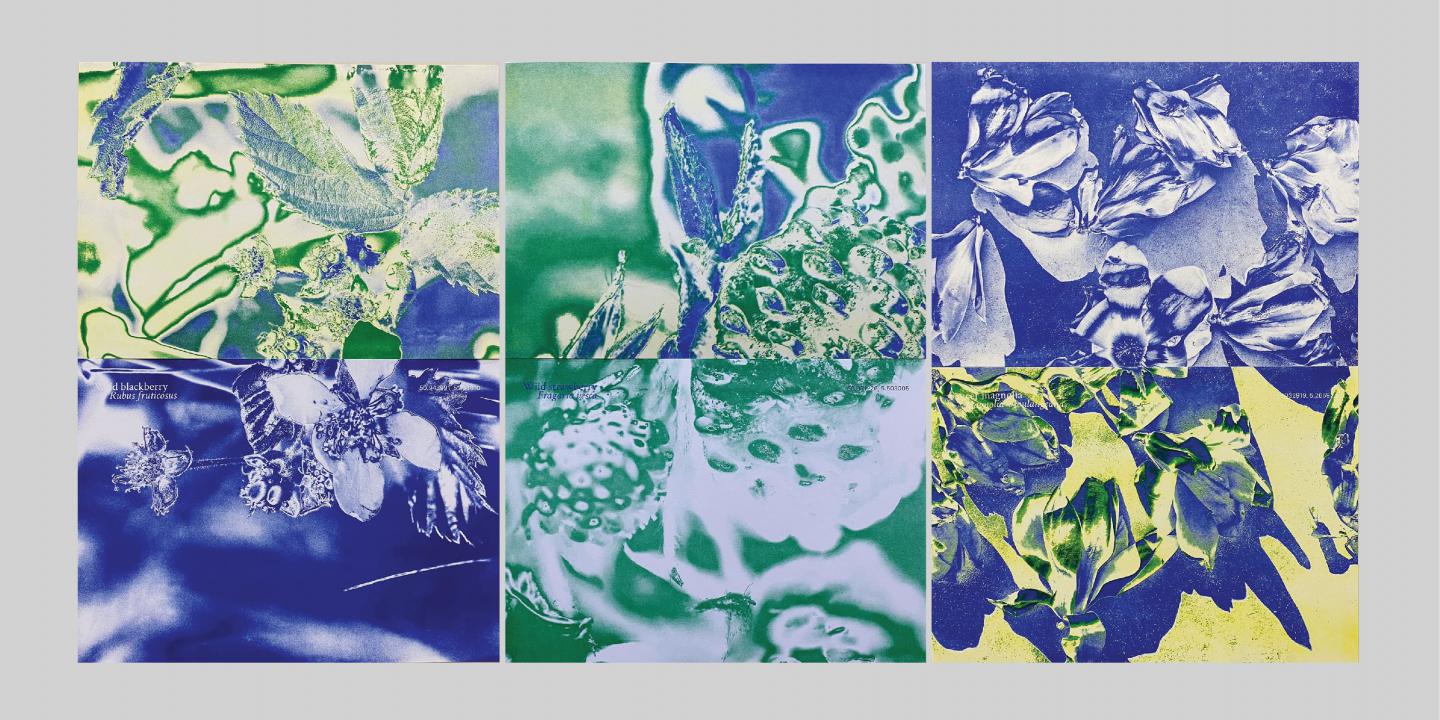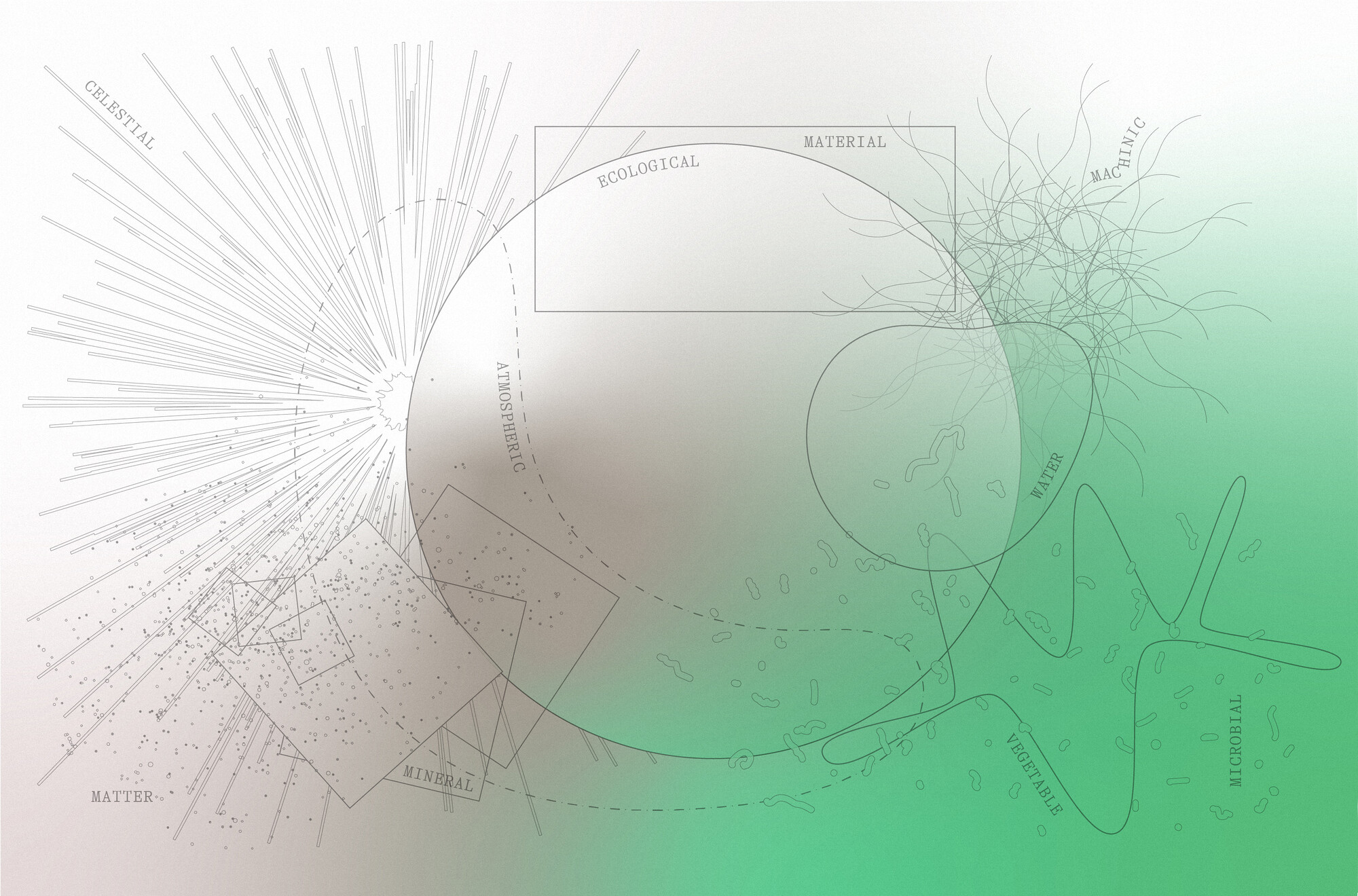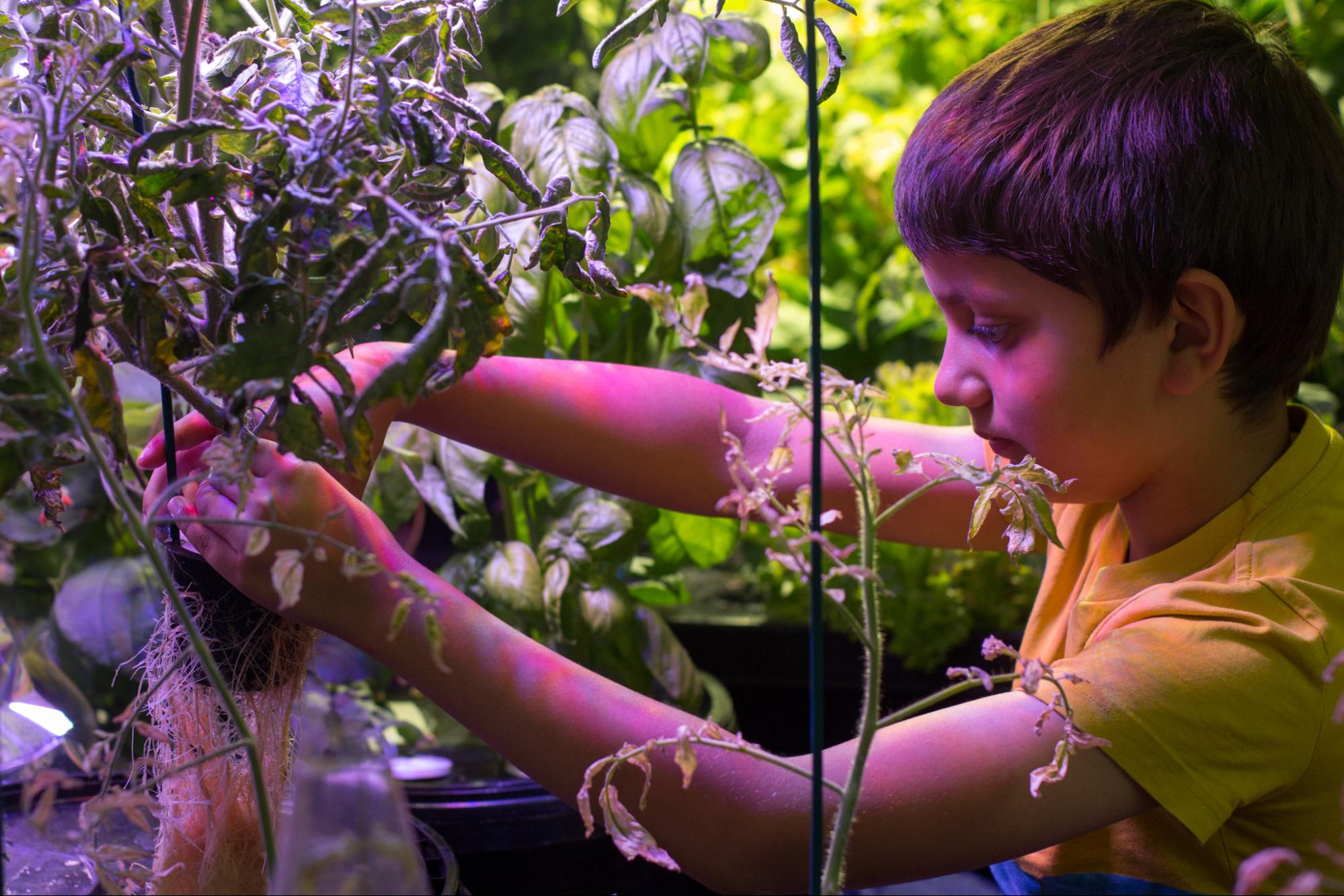If there was ever a year to scrutinize the functionality and the design of the home as a space to thrive, 2020 is it. If not for the reason that people around the world have been locked in our homes due to the lingering pandemic, but also because of the urgent ecological imperative we all have to reexamine our local resources.
At this year’s Dutch Design Week, IKEA made a case for how design can provide the tools for such a reexamination. The Swedish furniture brand has taken the opportunity to put some serious research into how people have had to adjust to their home life in 2020. As a demonstration of what the brand has gleaned from their comprehensive Life At Home Report, IKEA exhibited a Virtual Greenhouse at the annual design event in Eindhoven.
Keeping with DDW’s effort to make the annual event remotely accessible, IKEA’s virtual greenhouse broadcasted an array of “masterclasses” from designers and artists on the subjects of food, botany, sustainability, and well-being—with an impressive list of hosts from the design world. “Design isn’t solely just about creating products,” says Jenny Lee, Life at Home Communication Leader for IKEA’s Virtual Greenhouse. “In these extraordinary times, we saw a greater need to provide practical solutions to help people thrive.”

Cultivation
Throughout the week, the Virtual Greenhouse hosted a number of workshops structured around food and food resources. One of IKEA’s key insights from their report was that many people at home are seeking “a renewed desire to reconnect, to grow, nurture and live more sustainably.”
To that end, Paulina Grabowski, designer from the Polish studio NAS-DRA, walked viewers through how to create micro gardens expressly for the purpose of cultivating edible greens in a small space while also showing how to construct an aeroponic farm for herbs and vegetables.
In a workshop that leaned more towards aesthetics in home agriculture—Ro Co, a “biophilic” design studio based in Margate, UK, designed a system for rooting houseplant cuttings in water glasses. In waterproofing molding clay, the duo shows the DIY process for creating the supports for waterbound roots—a process that is ideal for growing hass and holiday avocados, acorns, mangos and lychees.
Local agriculture is not strictly the domain of humans however. Addressing the necessity of a healthy pollinator population, the Australian urban beekeeping collective Honey Fingers, showed how certain plants like rosemary, sunflowers, tomatoes and other species can support the many species that make up an ecosystem.

Rituals
While growth and supporting the production of food and the species that provide that food is important, the creation of habit and rituals were another focal point of the exhibition. The acts that reflect our relationship to the ecosystem can be as important as what we are giving it.
As a home habit for protecting biodiversity, Shubhi Scahan, head of the Material Library of India out of New Delhi—discussed species that could be served through seed preservation, and creating a home seed library. Scahan’s workshop is as much a lesson in plant anatomy as it is a guide to creating future food security.
Bompas & Parr, a studio known for creating unique brand experiences, brought their workshop into local greenspaces to see the many species of plants that surround us. As we profiled in our focus on foraging for Dutch Design Week, the studio offered simple recipes for creating “park juice” from the studio’s head chef and showed how, and where, to forage ingredients like elderberry, nettles, blackberry, and different edible wildflowers.
Local natural resources, particularly in the urban environment, can be well utilized but it is also important to consider the many pollutants of city life. The Italian food design studio Arabeschi di Latte demonstrated the many ways plants and natural materials can be used to purify water. Water in many urban cities can often contain an array of heavy metal elements—Arabeschi di Latte shows that there are many easily found materials that can help to ensure clean drinking water.

Food Waste
Reimagining waste as a raw material is foundational to how the exhibition discusses sustainability. Growth and preservation are practical but the lifecycle continues and there are always scraps of food gone to waste.
Yet sustainable food activist and founder of Baguette and Butter, Amanda McLemore challenges what parts of your produce you might think of as “waste,” cooking up a recipe that reuses often wasted parts of cauliflower, homemade ricotta, and pickled grapes. Yet there will almost always be leftovers from cooking. Circular Union, the interdisciplinary design studio, shows another practical usage for excess food in a workshop on how to use avocado and onion remnants as a natural dying agent.
These are only some of the many workshops and impressive designers that IKEA put together for their Virtual Greenhouse. The focus on the practical participation of virtual exhibition pushes the potential for what design can look like for a broader audience. “We know home is not just a functional place where we store all our furniture, it is a feeling built out of the care we put in.” says Lee, “The goal was to create content to help people to create a home sanctuary to create a balanced life at home centered on nature and wellbeing.”

